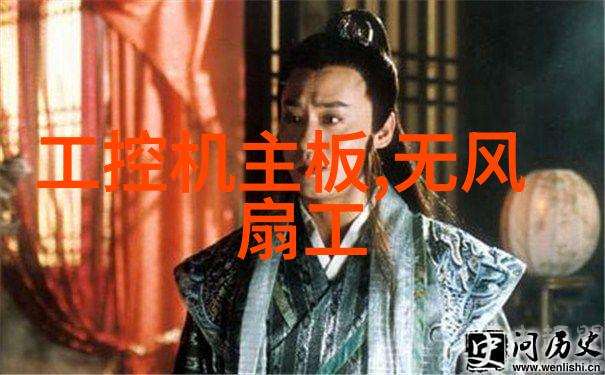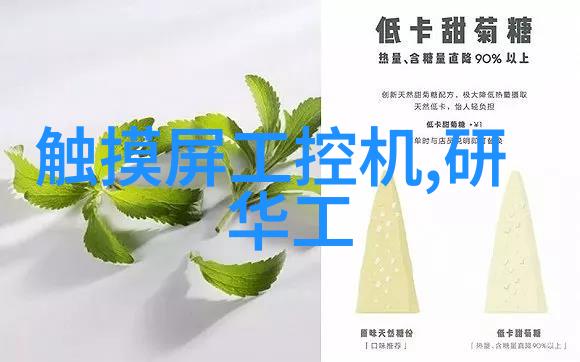您现在的位置是: 首页 - 工控机 - Comprehensive Guide to Translating 内有配件 into Engli 工控机
Comprehensive Guide to Translating 内有配件 into Engli
2025-03-07 【工控机】 0人已围观
简介Comprehensive Guide to Translating '内有配件' into English: Essential Vocabulary and Phrases for Accurate Communication Understanding the Context of '内有配件' Translation: "Inclusive
Comprehensive Guide to Translating '内有配件' into English: Essential Vocabulary and Phrases for Accurate Communication

Understanding the Context of '内有配件'

Translation: "Inclusive Accessories"
When translating "内有配件" into English, it is crucial to understand the context in which the phrase is being used. The term typically refers to accessories or additional items that are included with a product or service. In many cases, these accessories can greatly enhance the overall value and functionality of what is being offered.
Identifying Key Terms and Phrases
Translation: "Essential Terminology"

To accurately translate "内有配件," it is important to identify key terms and phrases that convey the intended meaning. Some common phrases that may be used include "inclusive accessories," "additional items," or simply "accessories." It's also important to consider any specific industry terminology that may be relevant.

Cultural Considerations

Translation: "Cultural Adaptation"
When translating text from one language to another, cultural considerations must also be taken into account. For instance, certain words or phrases may have different connotations in different cultures, which could lead to misunderstandings if not properly adapted.
Practical Applications
Translation: "Real-World Examples"
Understanding how to effectively translate "内有配件" can have practical applications in various industries such as marketing, sales, and customer support. By clearly communicating what additional items are included with a product or service, businesses can better meet customer needs and expectations.
Language Style Options
Translation: "Stylistic Variations"
There are often multiple ways to express a given idea when translating from one language to another - this holds true for translations of '内有配令'. Different styles can offer varying degrees of formality or informality depending on your target audience.
Best Practices for Effective Translation
Translation: "Best Practices Overview"
By following best practices for translation such as using appropriate vocabulary choices based on context and considering cultural nuances we ensure our message remains clear while maintaining accuracy across languages whether it's Chinese-to-English translation specifically focused on '内有配令'.






